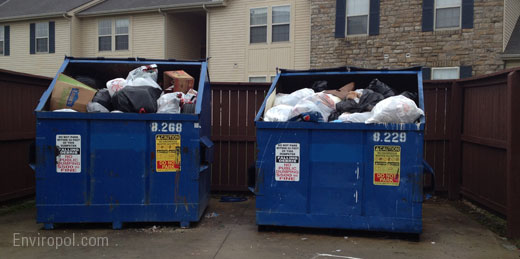This is the idea of not making too much waste in the first place. It is that simple, and it sounds like common sense, but technically, it is not that straightforward. Our lifestyles are wired in a way that makes us consume more and more of ready-made goods, many of them designed to be discarded after just one use. A single visit to the coffee shop means a couple of paper towels, food wrappers and plastic cup or bottle will end up in the bin. More to that, businesses are hungry for more profits and would do anything to get people to buy over and over again. This means that many of them are not really bothered about the damage we are doing to our environment.
Waste prevention is a brilliant practice for us to engage with, but some people have some doubts about how to measure its efficiency.
To start with, there has never been any reliable figures of waste that were prevented, because, it is easy to quantify waste that we have all made, but never easy to quantify waste that was not made or that was prevented.
Recently, as many people have come to appreciate the need to do something about waste, there have been increased efforts to embark on source reduction schemes.

Source reduction is simply a range of activities that individuals, communities and manufacturing establishments engage to reduce the amount of toxic substances or waste that they generate. Examples may include:
1. Manufacturers can reduce the amounts of package and wrapping materials they use on products
2. Produce materials that last longer, rather than cheap stuff that break after a short period
3. Manage organic waste such as food scraps and yard trimmings in a way that can keep them out of the trash bin.
Pallet Repair, Inc. Pallet Repair, Inc., of Baltimore, Maryland, remanufactures between 8,000 and 10,000 pallets per week for reuse. The company provides services to repair old pallets, manufacture pallets from used pallets, and take apart unusable pallets to grind up for reuse as mulch. At a minimum, Pallet Repair restores approximately 416,000 pallets annually, saving 5.4 million board feet of wood and conserving nearly 60,000 cubic yards of landfill space.
In other examples, Coca-Cola, has reduced the weight of its cans by 41% since 1963, by reducing its aluminium usage and also shaving off some part of the cans. This may not sound as a big deal, by the size of the company, but if every manufacturer can reduce its packaging by 40%, we would be miles better of than where we are now.
